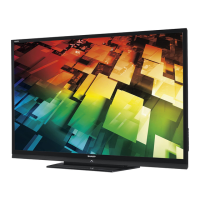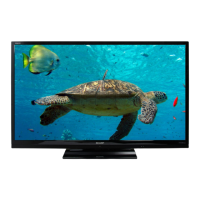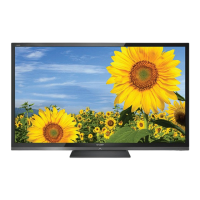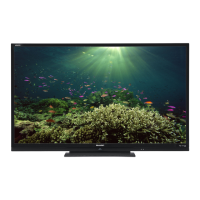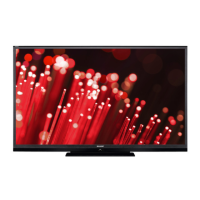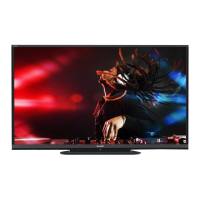How to enable automatic updates on Sharp LCD TV?
- Jjeffrey30Aug 3, 2025
The automatic search for updates on your Sharp LCD TV might be disabled. This function is set to 'No' for all countries except the UK, Sweden, and Italy. To enable it, go to 'Menu' > 'Setup' > 'View setting' > 'Individual setting' > 'Standby search' > 'Download setup'.


